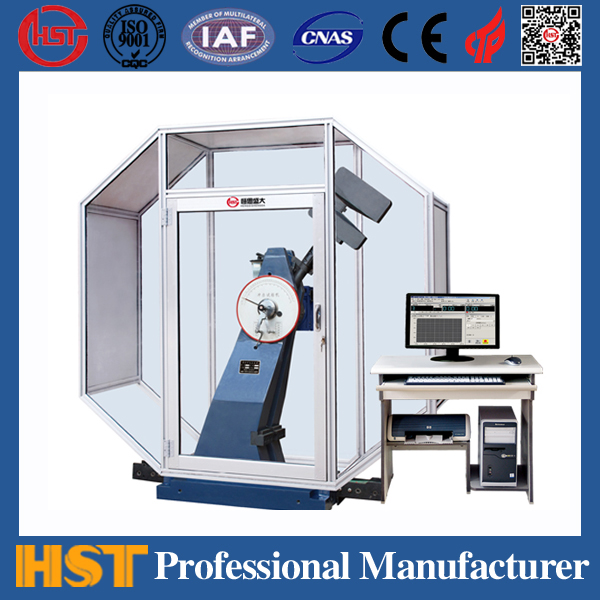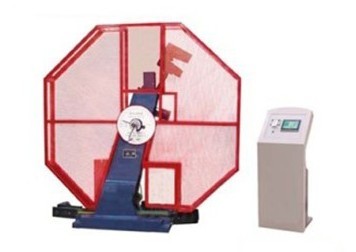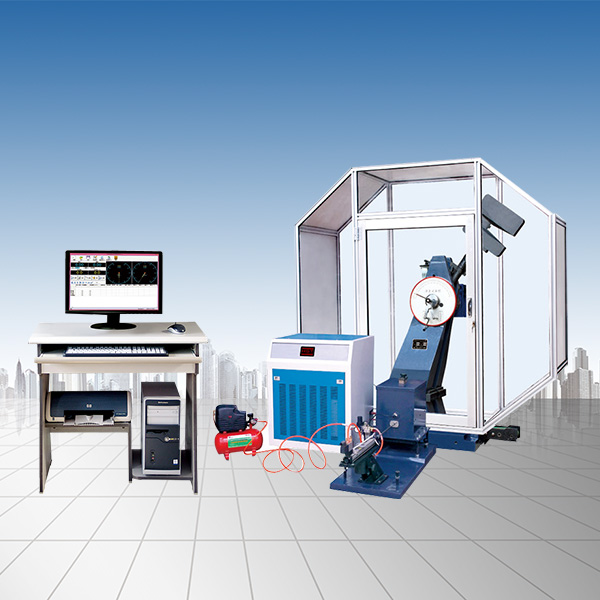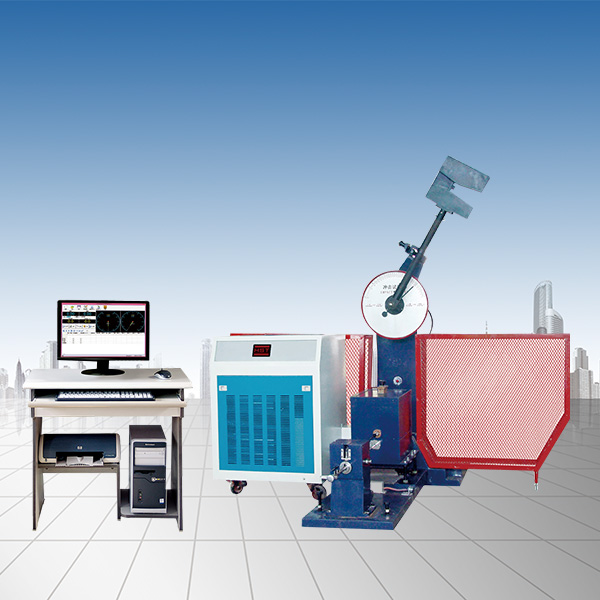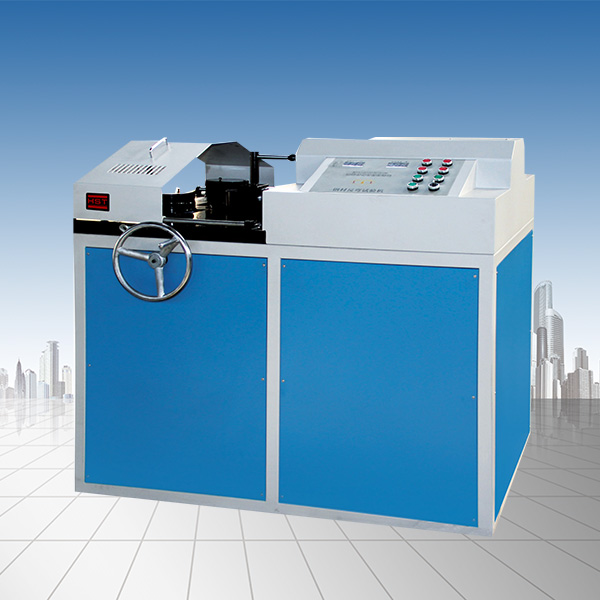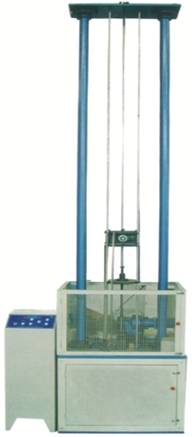Company News
A brief discussion on pressure sensors
Release time:2018-11-23 source:Jinan Hengsi Shanda Instrument Co., Ltd. Browse:
1. Principles and applications of ceramic pressure sensors
The corrosion-resistant ceramic pressure sensor has no liquid transmission. The pressure directly acts on the front surface of the ceramic diaphragm, causing the diaphragm to produce slight deformation. The thick film resistance is printed on the back of the ceramic diaphragm and connected to a Wheatstone bridge (closed bridge). Due to the piezoresistive effect of the varistor, the bridge produces a highly linear voltage signal proportional to the pressure and is also proportional to the excitation voltage. The standard signal is calibrated as 2.0 / 3.0 / 3.3 mV/V according to the pressure range, etc., which can be compatible with the strain sensor. Through laser calibration, the sensor has high temperature stability and time stability. The sensor comes with a temperature compensation of 0 to 70°C and can be in direct contact with most media.
Ceramics are recognized as highly elastic, corrosion-resistant, wear-resistant, impact-resistant and vibration-resistant material. The thermal stability characteristics of ceramics and its thick film resistance can make its operating temperature range up to -40~135℃, and it has high accuracy and high stability for measurement. The electrical insulation degree is >2kV, the output signal is strong, and the long-term stability is good. High-characteristic and low-priced ceramic sensors will be the development direction of pressure sensors. There is a trend of comprehensively replacing other types of sensors in European and American countries. In China, more and more users use ceramic sensors to replace diffusion silicon pressure sensors.
2. Principles and Application of Strain Gauge Pressure Sensor
There are many types of mechanical sensors, such as resistive strain gauge pressure sensors, semiconductor strain gauge pressure sensors, piezoresistive pressure sensors, inductive pressure sensors, capacitive pressure sensors, resonant pressure sensors and capacitive acceleration sensors. However, the widely used piezoresistive pressure sensor is a piezoresistive pressure sensor, which has extremely low price, high accuracy and good linear characteristics. Below we mainly introduce this type of sensor.
When understanding piezoresistive force sensors, we first understand the element such as a resistive strain gauge. Resistive strain gauge is a sensitive device that converts the strain change on the part being measured into an electrical signal. It is one of the main components of piezoresistive strain sensors. Resistance strain gauge is mostly used in metal resistance strain gauge and semiconductor strain gauge. There are two types of metal resistance strain gauges: filamentous strain gauges and metal foil strain gauges. Usually, the strain gauge is tightly bonded to the mechanically strained matrix through a special adhesive. When the stress of the matrix changes, the resistance strain gauge also deforms together, causing the resistance value of the strain gauge to change, thereby changing the voltage applied to the resistance. The resistance change of this strain gauge when it is subjected to stress is usually small. Generally, this strain gauge forms a strain bridge and is amplified through subsequent instrumentation amplifiers, and then transmitted to the display or actuator of the processing circuit (usually A/D conversion and CPU).
The internal structure of metal resistance strain gauge
As shown in Figure 1, it is a structural diagram of the resistance strain gauge, which consists of the matrix material, metal strain wire or strain foil, insulating protective sheet and lead wire. Depending on different uses, the resistance value of the resistance strain gauge can be designed by the designer, but the value range of the resistance should be noted: the resistance value is too small, the required driving current is too large, and the heating of the strain gauge causes the temperature to be too high. Used in different environments, the resistance value of the strain gauge changes too much, the output zero drift is obvious, and the zero adjustment circuit is too complicated. The resistance is too large and the impedance is too high, and the ability to resist external electromagnetic interference is poor. Generally, it is about tens of euros to tens of thousands of euros.
How does resistance strain gauge work
The working principle of metal resistance strain gauge is the phenomenon that the strain resistance changes with mechanical deformation on the substrate material, commonly known as the resistance strain effect. The resistance value of a metal conductor can be expressed by the following formula:
Where: ρ——Resistivity of metal conductor (Ω・cm2/m)
S--The cross-sectional area of the conductor (cm2)
L--Length of the conductor (m)
Let us take the wire strain resistance as an example. When the wire is subjected to external force, its length and cross-sectional area will change. From the above formula, it can be easily seen that its resistance value will change. If the wire is subjected to external force and extends, its length will increase and the cross-sectional area will decrease, and the resistance value will increase. When the wire is compressed by external force, the length decreases and the cross-section increases, and the resistance value decreases. As long as the change applied to the resistance is measured (usually measuring the voltage across the resistance), the strain condition of the strain wire can be obtained.
3. Principle and application of diffusion silicon pressure sensor
How it works
The pressure of the medium to be tested acts directly on the sensor's diaphragm (stainless steel or ceramic), causing the diaphragm to produce a micro displacement proportional to the medium pressure, causing the sensor's resistance value to change, and detect this change with electronic circuits, and convert a standard measurement signal corresponding to this pressure.
Schematic diagram
4. Principle and application of sapphire pressure sensor
Using the strain resistance working principle, silicon-sapphire is used as semiconductor sensitive components, with unparalleled metrological characteristics.
The sapphire system is composed of single crystal insulator elements, and will not cause hysteresis, fatigue and creep; sapphire is stronger than silicon, with higher hardness and no fear of deformation; sapphire has very good elastic and insulating characteristics (within 1000 OC). Therefore, semiconductor-sensitive components made of silicon-sapphire are insensitive to temperature changes and have good working characteristics even under high temperature conditions; sapphire has extremely strong radiation resistance; in addition, silicon-sapphire semiconductor-sensitive components have no p-n drift, so they fundamentally simplify the manufacturing process, improve repeatability, and ensure high yield.
Pressure sensors and transmitters made of silicon-sapphire semiconductor sensitive components can work normally under harsh working conditions, and have high reliability, good accuracy, extremely small temperature error and high cost performance.
The gauge pressure sensor and transmitter are composed of two diaphragms: a titanium alloy measuring diaphragm and a titanium alloy receiving diaphragm. A sapphire sheet printed with a heteroepitaxial strain sensitive bridge circuit was welded on a titanium alloy measurement diaphragm. The measured pressure is transferred to the receiving diaphragm (the receiving diaphragm and the measuring diaphragm are firmly connected together with a tie rod). Under the action of pressure, the titanium alloy receiving diaphragm deformation. After the deformation is sensed by the silicon-sapphire sensitive element, its bridge output will change, and the amplitude of the change is proportional to the measured pressure.
The sensor circuit can ensure the power supply of the strain bridge circuit and convert the unbalanced signal of the strain bridge into a unified electrical signal output (0-5, 4-20mA or 0-5V). In the absolute pressure pressure sensor and transmitter, the sapphire sheet is connected to the ceramic base glass solder and acts as an elastic element, converting the measured pressure into strain gauge deformation, thereby achieving the purpose of pressure measurement.
5. Principles and Applications of Piezoelectric Pressure Sensors
The piezoelectric materials mainly used in piezoelectric sensors include quartz, potassium sodium tartrate and dihydroamine phosphate. Among them, quartz (silica) is a natural crystal, and the piezoelectric effect is found in this crystal. Within a certain temperature range, the piezoelectric properties always exist, but after the temperature exceeds this range, the piezoelectric properties completely disappear (this high temperature is the so-called "Cury point"). Since the electric field changes slightly with the change of stress (that is, the piezoelectric coefficient is relatively low), quartz is gradually replaced by other piezoelectric crystals. Potassium sodium tartrate has great piezoelectric sensitivity and piezoelectric coefficient, but it can only be used in environments with relatively low room temperature and humidity. Dihydroamine phosphate is an artificial crystal, which can withstand high temperatures and quite high humidity, so it has been widely used.
Piezoelectric sensors are mainly used in the measurement of acceleration, pressure and force. Piezoelectric acceleration sensor is a commonly used accelerometer. It has excellent characteristics such as simple structure, small size, light weight and long service life. Piezoelectric acceleration sensors have been widely used in vibration and impact measurements of aircraft, automobiles, ships, bridges and buildings, especially in the fields of aviation and aerospace. Piezoelectric sensors can also be used to measure the combustion pressure and the measurement of vacuum inside the engine. It can also be used in the military industry, for example, to measure the change in the chamber pressure of the gun and the shock wave pressure of the muzzle at the moment the gun is fired in the chamber. It can be used to measure both large pressure and tiny pressure.
Now the piezoelectric effect is also applied to polycrystals, such as the current piezoelectric ceramics, including barium titanate piezoelectric ceramics, PZT, niobate-based piezoelectric ceramics, lead niobium magnesate piezoelectric ceramics, etc.
The piezoelectric effect is the main working principle of piezoelectric sensors. Piezoelectric sensors cannot be used for static measurements because the charges after external forces are stored only when the circuit has an infinite input impedance. This is not the case in reality, so this determines that the piezoelectric sensor can only measure dynamic stress.
- Previous article:How to distinguish ABS, PE, PP, and PVC plastic materials
- Next article:Rubber product testing overview
Recommended productsPRODUCTS


















